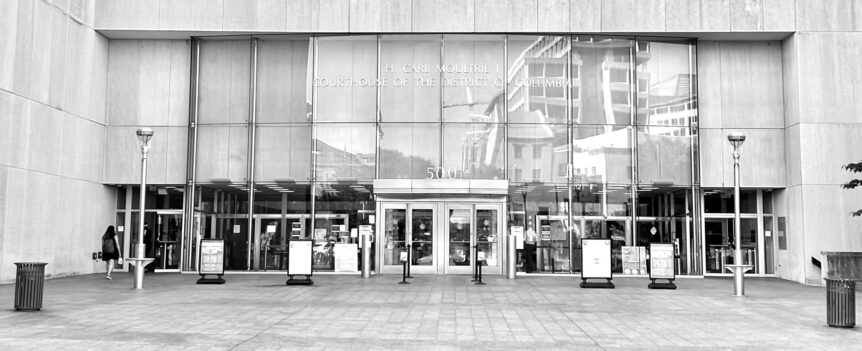
The “Dying Declaration” Hearsay Exception in D.C.
The “dying declaration” exception to the hearsay rule is based on the assumption that people have no incentive to tell a lie when convinced that they are facing certain and imminent death. As McCormick on Evidence § 310 puts it: “A belief in a probability of impending death would arguably make most people strongly disposed to tell the truth and hence guarantee the needed special reliability.”
In D.C., the party seeking to admit evidence under this exception must satisfy four conditions. First, the party must prove that the person who made the statement is dead at the time the declaration is offered. Otherwise, the declarant could be subjected to, in Justice Antonin Scalia’s words, the “crucible of cross-examination.” Second, the proponent must prove that, at the time the statement was made, the declarant was aware that death was near and certain, and had abandoned all hope of living. As the D.C. Court of Appeals has put it, to “make out a dying declaration, the declarant must have spoken without hope of recovery and in the shadow of impending death.” Shepard v. United States, 290 U.S. 96, 99 (1933).
Third, the proponent must prove that the statement relates to the circumstances of the killing or events immediately preceding it. Finally, the defendant must be on trial for killing the declarant. This greatly limits the scope of the exception.
The requisite state of mind can be proven by the declarant’s explicit words. For example, the declarant in Barnesstated that “I feel like I am going to die because I am too much in pain.” United States v. Barnes, 464 F.2d 828, 831 (D.C. Cir. 1972). More often, the court can “infer the victim’s sense of impending death from the circumstances – from the nature and extent of his wounds.” McFadden v. United States, 395 A.2d 14, 16 (D.C. 1978).
